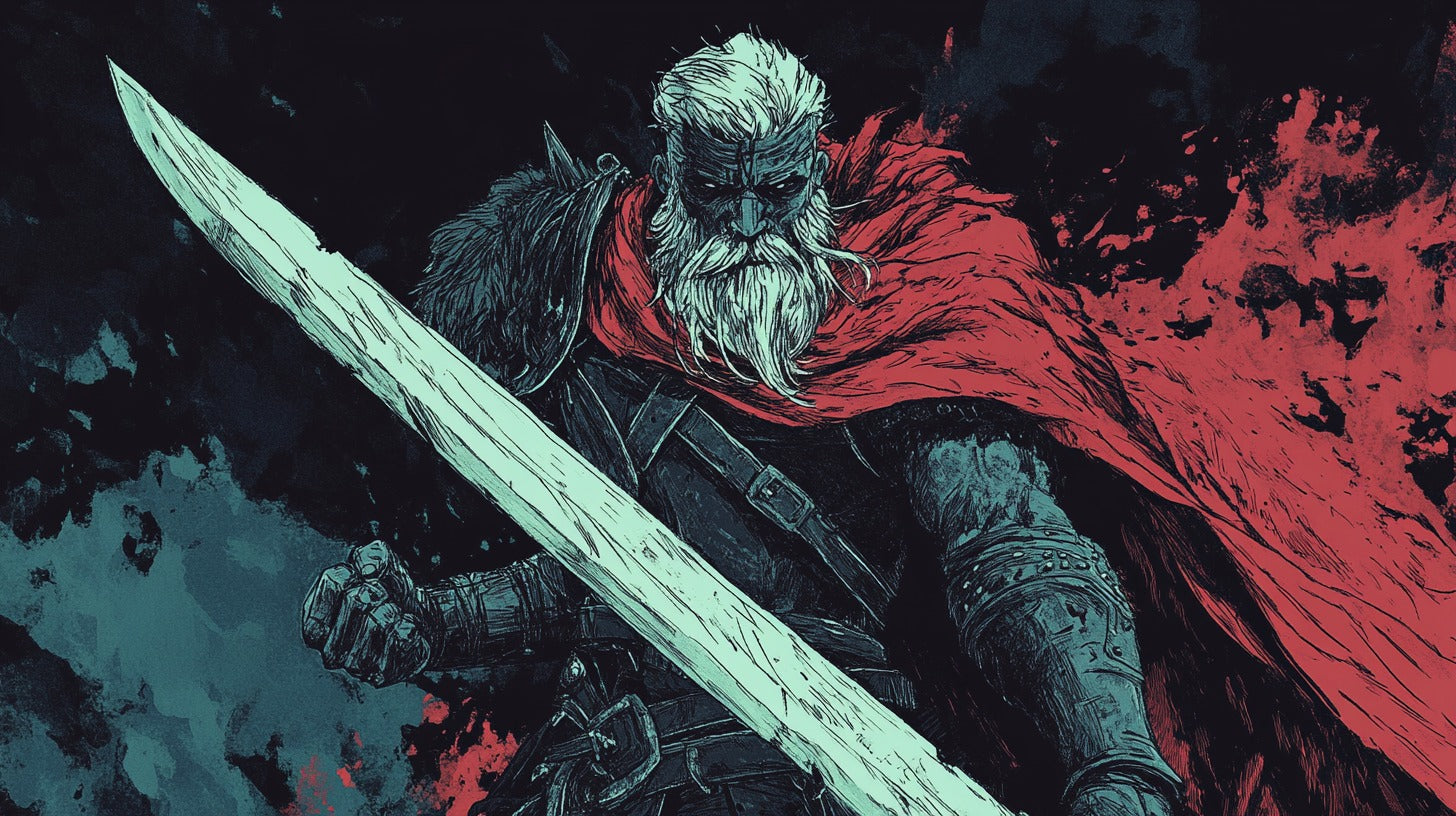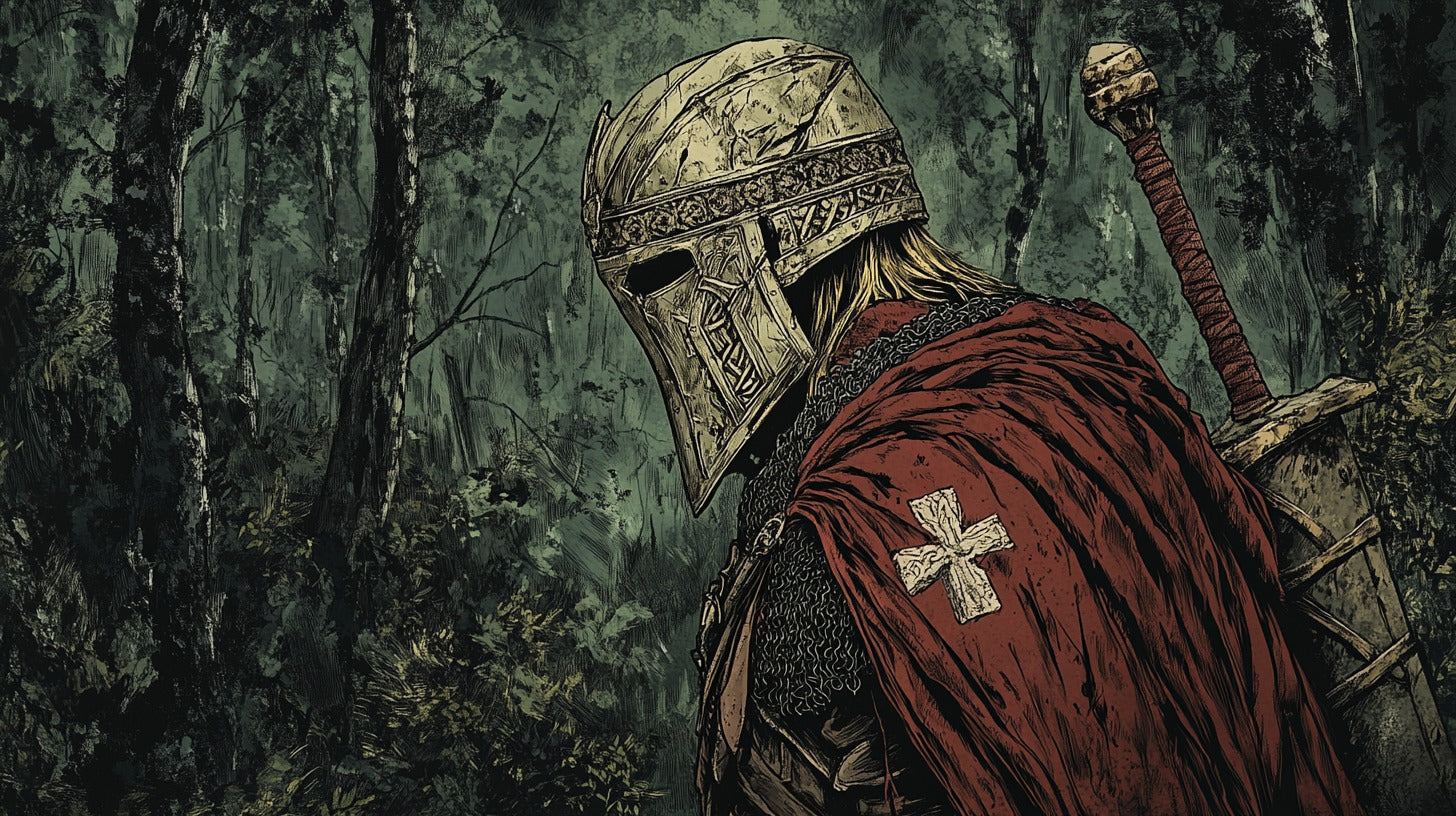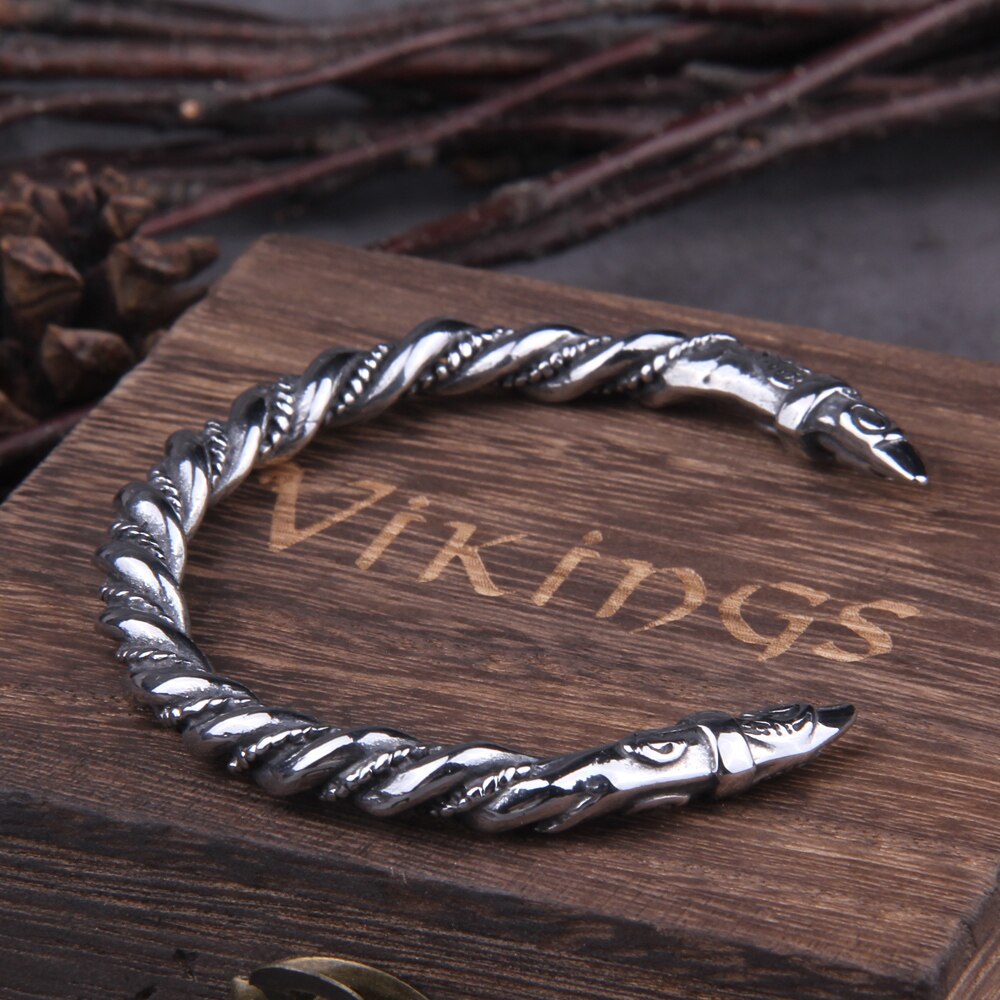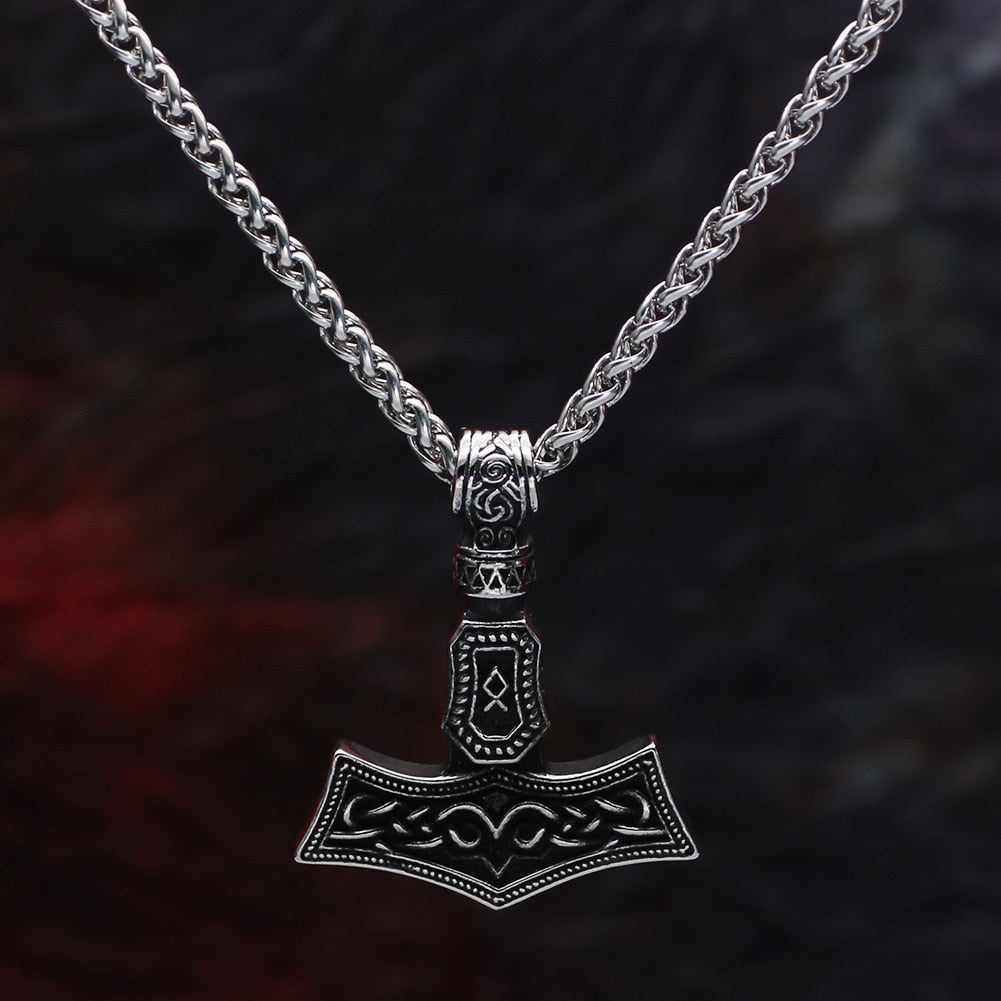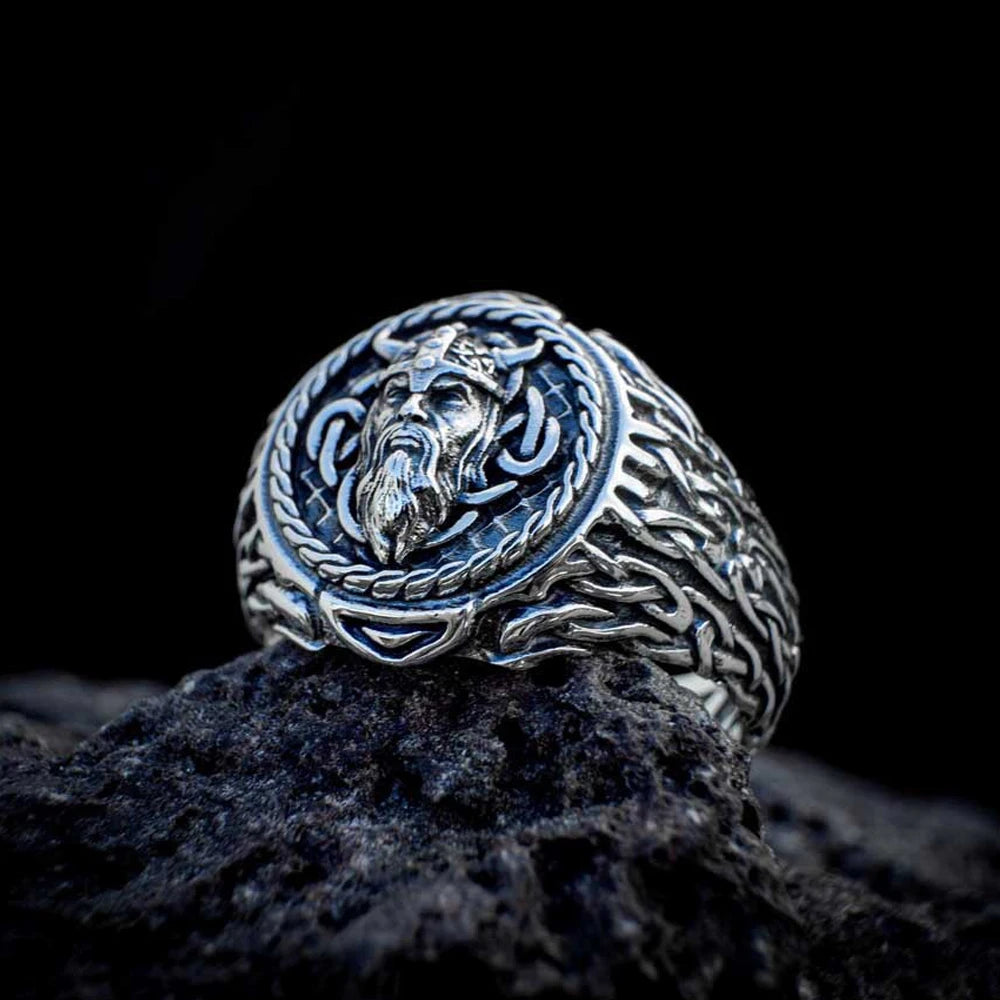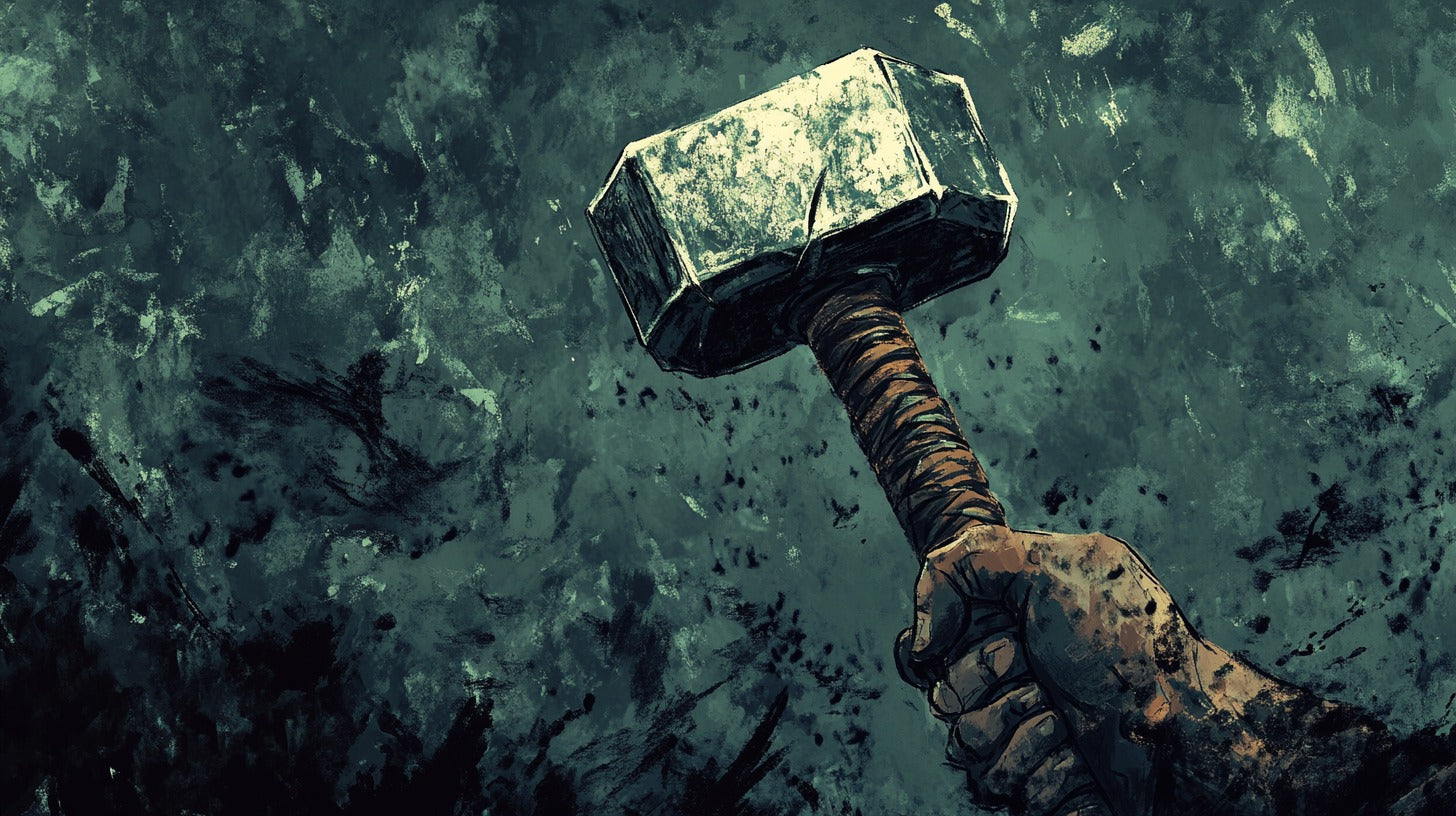
Thor’s Hammer: A Symbol of Power, Faith, and Resistance
Mjölnir, the mighty hammer of Thor, occupies a central place in Norse mythology and culture. More than just a weapon wielded by the thunder god, Mjölnir symbolized protection, power, and fertility. It played a vital role in the spiritual and cultural lives of the Old Norse peoples, serving as both a divine tool and a tangible emblem of faith. Its presence endures in modern times as a link to the rich legacy of the Viking Age.
Mjölnir in Norse Mythology: Origins, Creation and Role in the Mythos
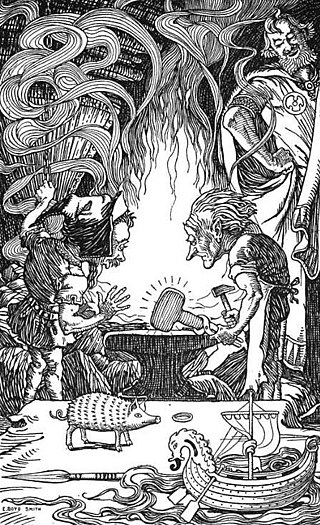
The third gift — an enormous hammer (1902) by Elmer Boyd Smith.
The creation of Mjölnir is chronicled in the Prose Edda, where it is described as the result of a wager between Loki and the dwarven brothers Sindri and Brokkr. Loki, known for his mischief, challenged the brothers to create objects of unmatched beauty and utility. Sindri and Brokkr forged Mjölnir, a hammer of immense power, though its handle was shortened due to Loki’s interference. Despite this flaw, Mjölnir became Thor’s most prized possession, capable of unleashing devastating force and returning to his hand after being thrown.
The myth emphasizes the collaborative efforts of divine and mortal-like beings, demonstrating the interconnectedness of gods and other mythical entities in shaping the cosmos. Loki’s role as both instigator and disruptor adds depth to the narrative, reflecting his complex nature within Norse mythology.

Historical Skåne Mjölnir Replica - Thor's Hammer Amulet with Raven Filigree
Mjölnir’s role in Norse mythology goes beyond its physical attributes. It is central to numerous tales, including the “Þrymskviða” from the Poetic Edda, where Thor must disguise himself as Freyja (and a bride) to retrieve his stolen hammer from the giant Þrymr. In this story, Mjölnir represents not only Thor’s strength but also the preservation of cosmic order, as its loss threatens the stability of the gods’ realm.
The hammer’s ability to consecrate marriages and ensure fertility is another recurring theme, linking its destructive power to life-affirming rituals. These dual functions underscore the cyclical nature of Norse beliefs, where destruction and creation are intertwined.
The Symbolism of Mjölnir: Protector, Power, Fertility and Resistance

For the Norse people, Mjölnir symbolized protection against malevolent forces. It was often invoked in blessings and consecrations, such as the sanctification of marriages and the protection of newborns. In this capacity, Mjölnir extended its divine protection to the mortal realm.
In the sagas, Mjölnir’s protective qualities are highlighted in rituals meant to ward off evil spirits or sanctify important events. Its repeated use in both mythical and cultural contexts speaks to its role as a guardian of order and safety.
As a weapon of the thunder god, Mjölnir embodied raw power and the ability to vanquish chaos. At the same time, it was closely associated with fertility and the life-giving aspects of Thor’s persona. The hammer’s symbolism bridged the physical and spiritual, linking agricultural success with divine favor.

Mjölnir Valknut Talisman: Silver & Gold Norse Thor's Hammer
During the Christianization of Scandinavia, Mjölnir became a powerful symbol of resistance and cultural identity. Mjölnir pendants were worn by those who sought to maintain their allegiance to the Old Norse gods. These artifacts highlight the hammer’s role as a marker of faith and a statement of defiance against religious change.
Mjölnir’s adoption as a pendant during this period illustrates the adaptability of Norse symbols in the face of cultural upheaval. Its use as both a religious and political emblem underscores its enduring significance.
Mjölnir in Material Culture: Archaeological Finds, Function and Meaning

A collection of Gungnir and Mjölnir amulets discovered in Gilton, Kent - dating back to the 6th century, Anglo-Saxon hammers didn't include the shortened handle design like the Norse (indicating they also didn't share the story of Mjölnir's handle being damaged by Loki).
Archaeologists have uncovered hundreds of Mjölnir pendants, crafted from materials ranging from iron to silver. Among the most notable discoveries is the 10th-century Købelev Mjölnir, inscribed with the word “Hmar” (hammer), which explicitly identifies its purpose. These pendants were not merely decorative but served as potent symbols of faith and protection.
The widespread discovery of these pendants, often in burial sites, suggests their role as both personal talismans and markers of religious identity. Their craftsmanship also provides insight into the artistry and beliefs of the Viking Age.
Scholars interpret Mjölnir artifacts as expressions of religious devotion and personal identity. Worn as amulets, they offered spiritual protection and affirmed the wearer’s allegiance to Thor and the Old Norse pantheon. The widespread use of these pendants underscores their cultural importance during the Viking Age.
The Legacy of Mjölnir: Modern Interpretations, Lessons from the Past

Thor's Hammer pendant found in Rømersdal, Bornholm, Denmark - dating between 790 - 1100 AC (Photo: Arnold Mikkelsen, National Museet Denmark CC BY 2.0)
In contemporary times, Mjölnir continues to resonate as a symbol of Norse heritage and neopagan spirituality. It is widely used in jewelry and art, and its imagery appears in popular media, from novels to films. For many, Mjölnir represents a connection to their ancestral roots and the enduring allure of Norse mythology.
Mjölnir’s legacy reflects the resilience and adaptability of Norse culture. Its dual role as a weapon of the gods and a cultural emblem demonstrates the depth of meaning imbued in Norse artifacts. Through its mythological and material significance, Mjölnir offers a window into the spiritual and social fabric of the Viking Age.
Mjölnir’s enduring power lies in its multifaceted significance as a mythological weapon, cultural artifact, and symbol of identity. From the halls of Asgard to the archaeological sites of Scandinavia, Mjölnir continues to inspire and captivate, embodying the strength and spirit of the Norse world.

Urnes Art Style Triquetra Thor's Hammer Mjölnir Amulet
Frequently Asked Questions (FAQs)
- What is Mjölnir’s role in Norse mythology?
Mjölnir is Thor’s hammer, a weapon that symbolizes protection, power, and cosmic order.
- Why does Mjölnir have a short handle?
According to mythology, the hammer’s handle was shortened due to Loki’s interference during its forging.
- How were Mjölnir pendants used in the Viking Age?
Mjölnir pendants were worn as talismans for protection and as symbols of faith in the Old Norse gods.
- What does Mjölnir symbolize in modern times?
Today, Mjölnir represents Norse heritage, neopagan spirituality, and Viking cultural revival.
- What are the most famous archaeological finds of Mjölnir?
Notable finds include the Købelev Mjölnir and numerous pendants discovered across Scandinavia, highlighting their significance as artifacts of faith and cultural identity.
